With an artistic career spanning photography, film and music, Ray van Zeschau has carved out a space in the art world for his voice and expression. From organizing the first illegal film festival in 1986, held in his apartment, to taking on photojournalism and writing for editorial magazines, learn about his inspiring story and browse the stunning images from over the years.
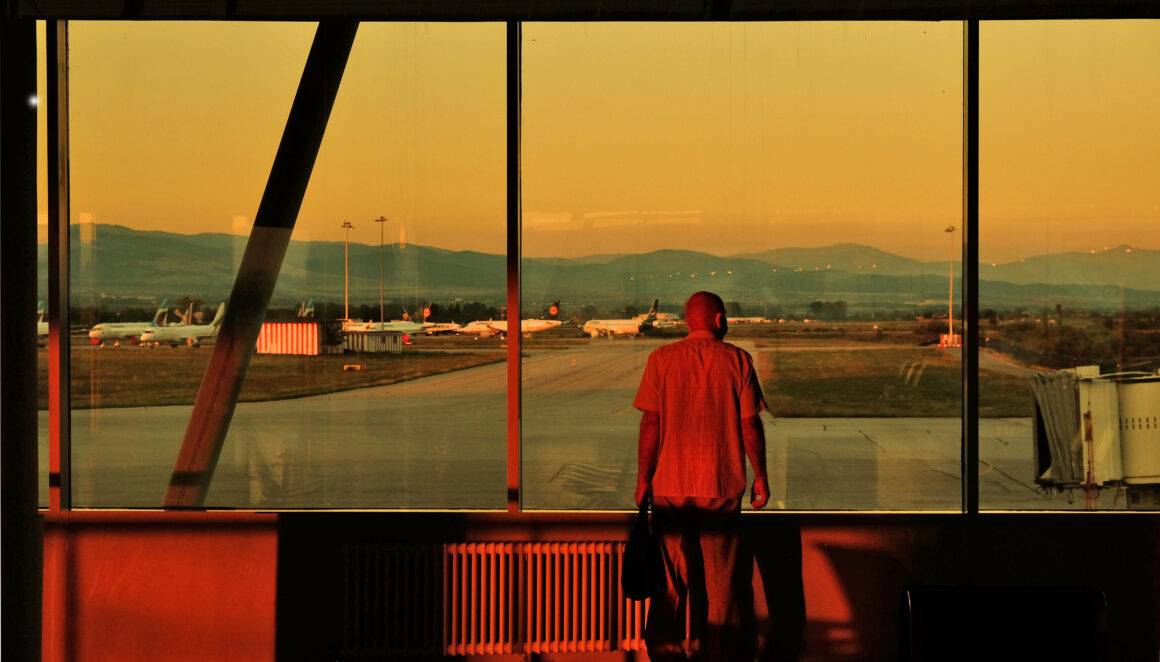
Ray van Zeschau: Art Can Make You Think, In the Best Case
Currently working on a documentary film about his Bulgarian uncle Ljuben Stoev, Ray van Zeschau has conquered many art forms and mediums since starting out in the 80’s. Defining his significant moment as the birth of his band, Freunde Der Italienischen Oper in 1997, he tells IMAGO his story, from rock and roll to film photography. Inspired by the ordinary and motivated by capturing the everyday with unusual perspectives, Ray van Zeschau’s photography is timeless and captivating. With themes of architecture, cinematography and light, take a look at some of his archive with us and learn about his creative journey. Read our full interview below.

Your career to date has spanned many art forms including film, photography and music. Can you tell us what your very first memory of working within the art world is?
That was probably the photography and filming in the early 80s. Then in 1985, with my other comrades-in-arms, I was also able to show our film art to a selected audience for the first time with the founding of the underground film group FESA (Feige Sau). In 1988, with the founding of the band FREUNDE DER ITALIENISCHEN OPER (FRIENDS OF ITALIAN OPERA), music and acting were added, as we were engaged for Wolfgang Engel’s “Faust I and II” production at the Staatschauspiel Dresden in 1989, and I was also allowed to play the role of Euphorion.
In 1986 you were part of a group who organized the first illegal film festival in Dresden with over 100 visitors. What were your original predictions of how the festival would go? What is your memory of the event itself?
Of course, we knew we couldn’t do an official film festival, so we held everything in our 120-square-meter old apartment and cleared out our stucco parquet salon for it. Invitations were only issued to people we thought we knew. Of course, someone always brought a friend…and so on. In the end, there were over a hundred people in the apartment, some of whom stood on tables and chairs all the way out into the hallway. But the Volkspolizei only showed up after the performances and all the guests, supplied with drinks, were standing in the apartment discussing and carrying out occasional identity checks. Two of the guests were later unmasked as IMs, but no idea what they told their commanding officers.
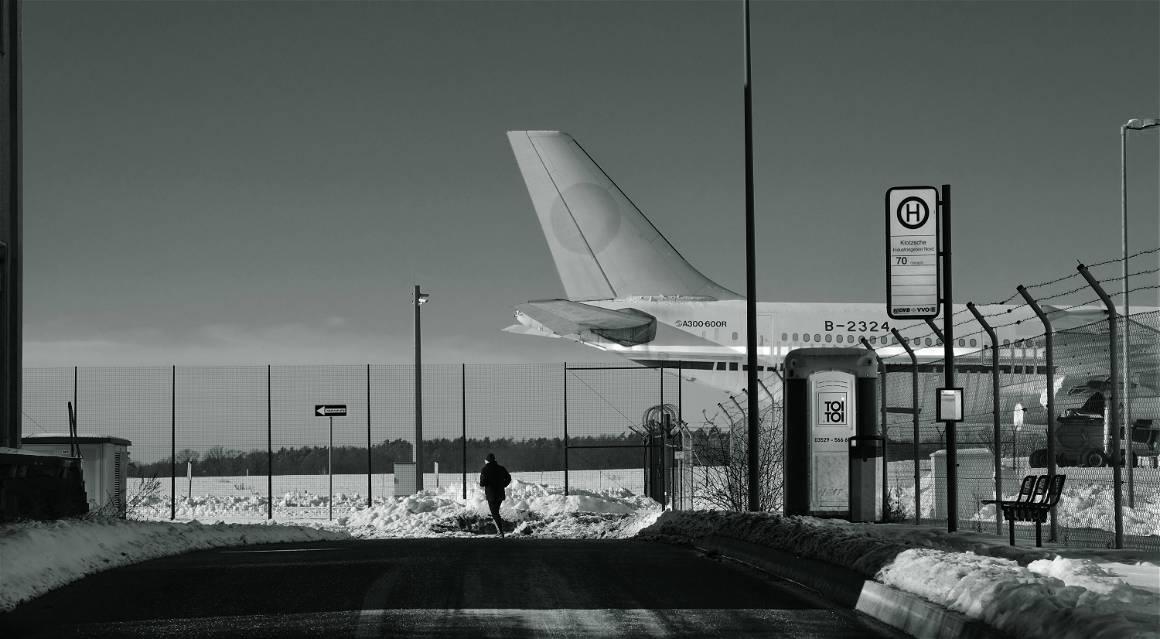 Photo: IMAGO / Ray van Zeschau
Photo: IMAGO / Ray van ZeschauYou have previously said that you still devote yourself to the art of film. What projects are you currently working on?
I am currently working on a documentary film about my Bulgarian uncle Ljuben Stoev, who died in 2016. He had studied with Lea Grundig at the Dresden University of Fine Arts in the early 60s. His greatest wish was to be able to exhibit once again in Dresden. Unfortunately, I could not organize this wish for him during his lifetime. It was not until 2020 that the Städtische Galerie Dresden – Kunstsammlung became aware of him, so that I was allowed to curate the retrospective “Und die im Dunkeln sieht man nicht” for him in October of last year. Unfortunately, the exhibition had to close due to Corona in November and will hopefully be on view again at the end of April.
What one project that you have worked on changed things for you?
Definitely my band FDIO and in general the music, for which I started my own business as an artist in 1997 and thereby also started selling photos for the first time.
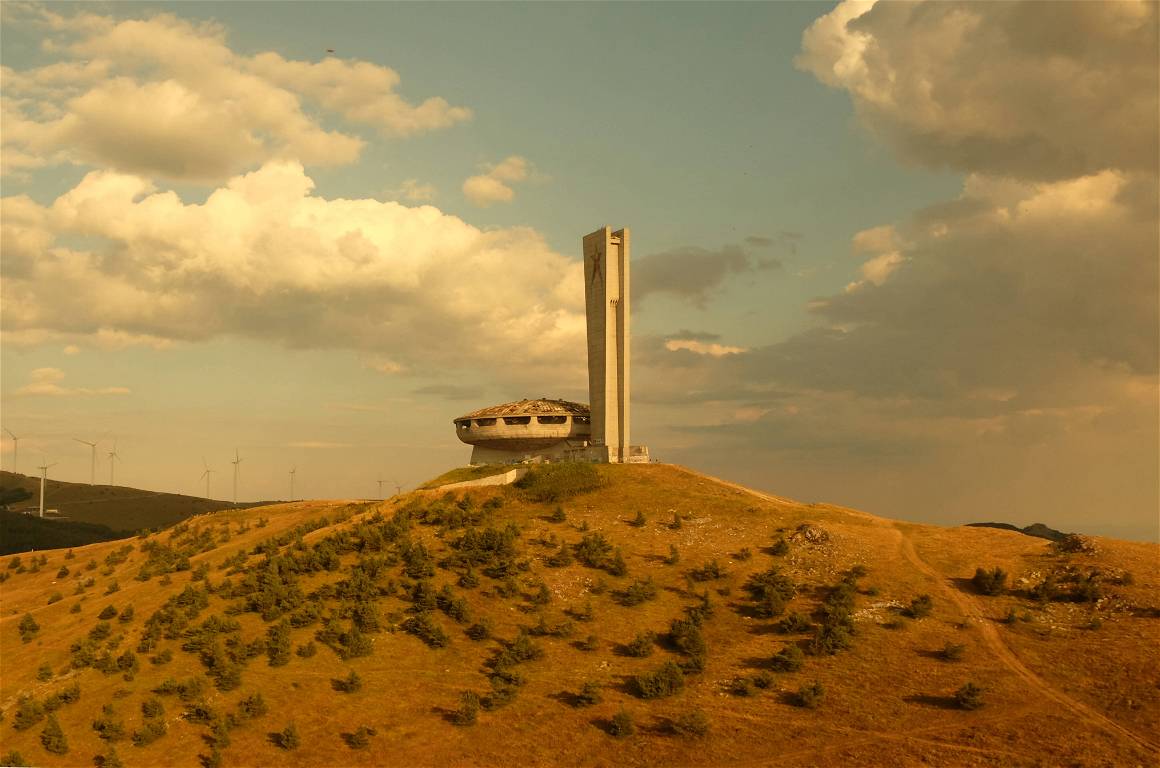 Photo: IMAGO / Ray van Zeschau
Photo: IMAGO / Ray van Zeschau Photo: IMAGO / Ray van Zeschau
Photo: IMAGO / Ray van ZeschauIn your own words, what is the role of art in society? Has the role changed from when you started to today?
Art is everything or nothing. Art can make you think, in the best case even change lives. But art can also be simply decorative and entertaining. Art may do everything, but art must do nothing. Art is certainly always in a certain way dependent on the respective forms of society in its forms of expression. Art often needs friction. Suffering often creates passion.
A year after founding the rock’n’roll band Ray & The Rockets, you started working as a freelance journalist. How did you make the shift from music and journalism? And why?
It was not a change, but “merely” a further field of activity. I had already photographed before and I was rather persuaded to write, because they found my style very amusing and entertaining.
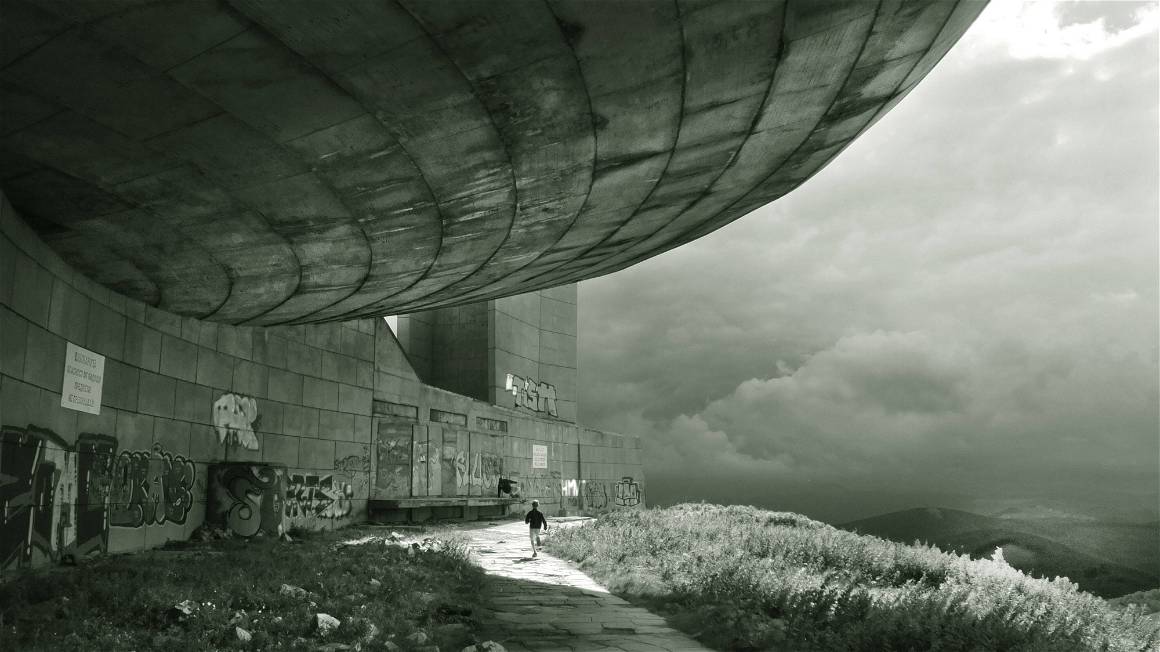 Photo: IMAGO / Ray van Zeschau
Photo: IMAGO / Ray van Zeschau Photo: IMAGO / Ray van Zeschau
Photo: IMAGO / Ray van ZeschauHow much does architecture influence your work? What elements do you look for when shooting?
I don’t know if architecture really influences my work. I’m more influenced by visual art or film, whose scenes I encounter again and again on the road with my camera. Pictures by Edward Hopper or films by David Lynch, Andrei Tarkovsky, for example. I’m also more influenced or inspired by things that others don’t see, even though they are commonplace.
What is the main aim or message from your photography to want to portray to the viewer?
First and foremost, I want to give myself pleasure, and then comes the viewer. I want this enjoyment often in addition to an informative or even just entertaining value. Creating an image that possibly amazes the viewer and offers a different perspective or view on things conveyed after a second or third look at the photograph. Sometimes too, this is combined with a game of hide and seek in optics or message. This element of “between the lines” I probably learned quite well in the GDR.
 Photo: IMAGO / Ray van Zeschau
Photo: IMAGO / Ray van Zeschau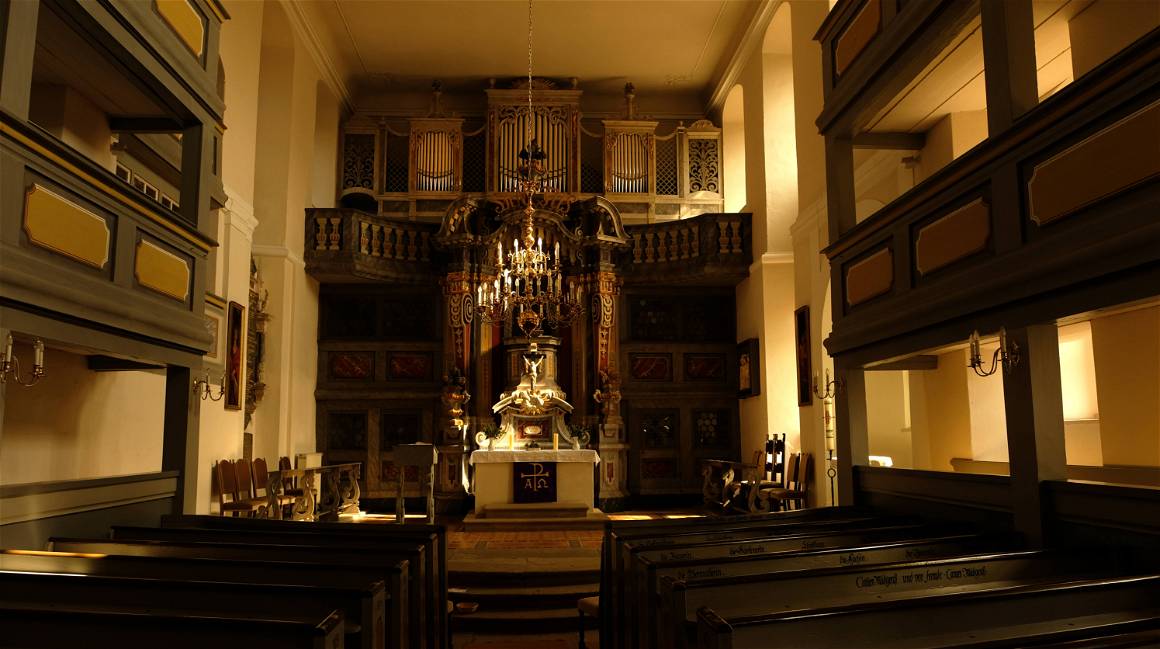 Photo: IMAGO / Ray van Zeschau
Photo: IMAGO / Ray van Zeschau Photo: IMAGO / Ray van Zeschau
Photo: IMAGO / Ray van ZeschauCan you tell us about your photography style? How would you best describe it?
To describe ones own artistic work is often difficult. The camera is never or especially far from seeing much like the human eye and certainly not in terms of my imagination. That’s why I’m happy every time I can overcome this hurdle.
Since I am more of an old-school photographer, I also refrain from photographing any situation per series, but rely old-fashionedly on the right moment. I had once experienced a very good example of this when I documented the award ceremony of the Saxon Design Award 2016. On the edge of the stage, an old acquaintance and colleague and next to me, another young photographer from Associated Press with the latest technology. The young man seemed to be filming rather than photographing. There was no boxing match to be photographed, but only the speech of a politician, who stood there at his lectern as if rooted to the spot. While the camera of the young colleague almost glowed with high-speed serial mode, the cameras of the older generation clicked now and then. In addition, I also heed Robert Capa’s saying “If your pictures aren’t good enough, then you’re not close enough” and never use a telephoto lens.
 Photo: IMAGO / Ray van Zeschau
Photo: IMAGO / Ray van ZeschauWhat are your predictions for your art in 2021?
Since the end of 2020, I have learned not to make any forecasts at all, as these are now simply pointless. In the first lockdown I had to cancel the 2020 tour with my band FRIENDS OF ITALIAN OPERA and I had I hoped at the end of last year to be able to contest. Then in the summer it was clear, it will be possible only in the spring of 2021. But far from it, as it has now been postponed to 2022. Thank God art includes a variety of genres that are not dependent on a direct audience, such as music, so that filming and especially photography, will continue to be possible for me.
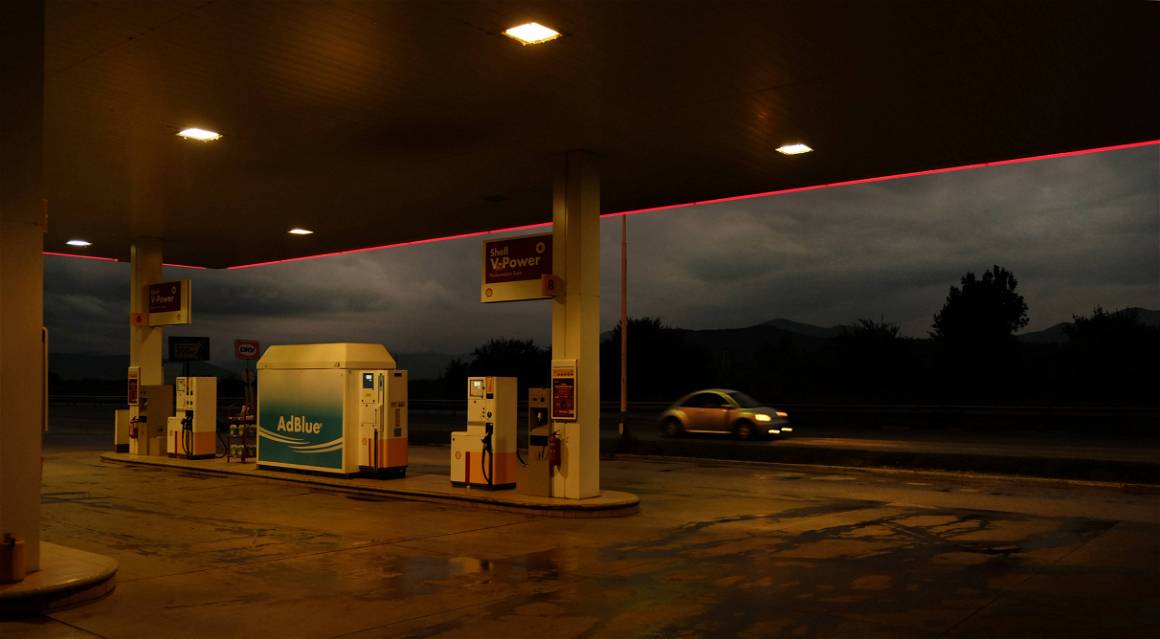 Photo: IMAGO / Ray van Zeschau
Photo: IMAGO / Ray van Zeschau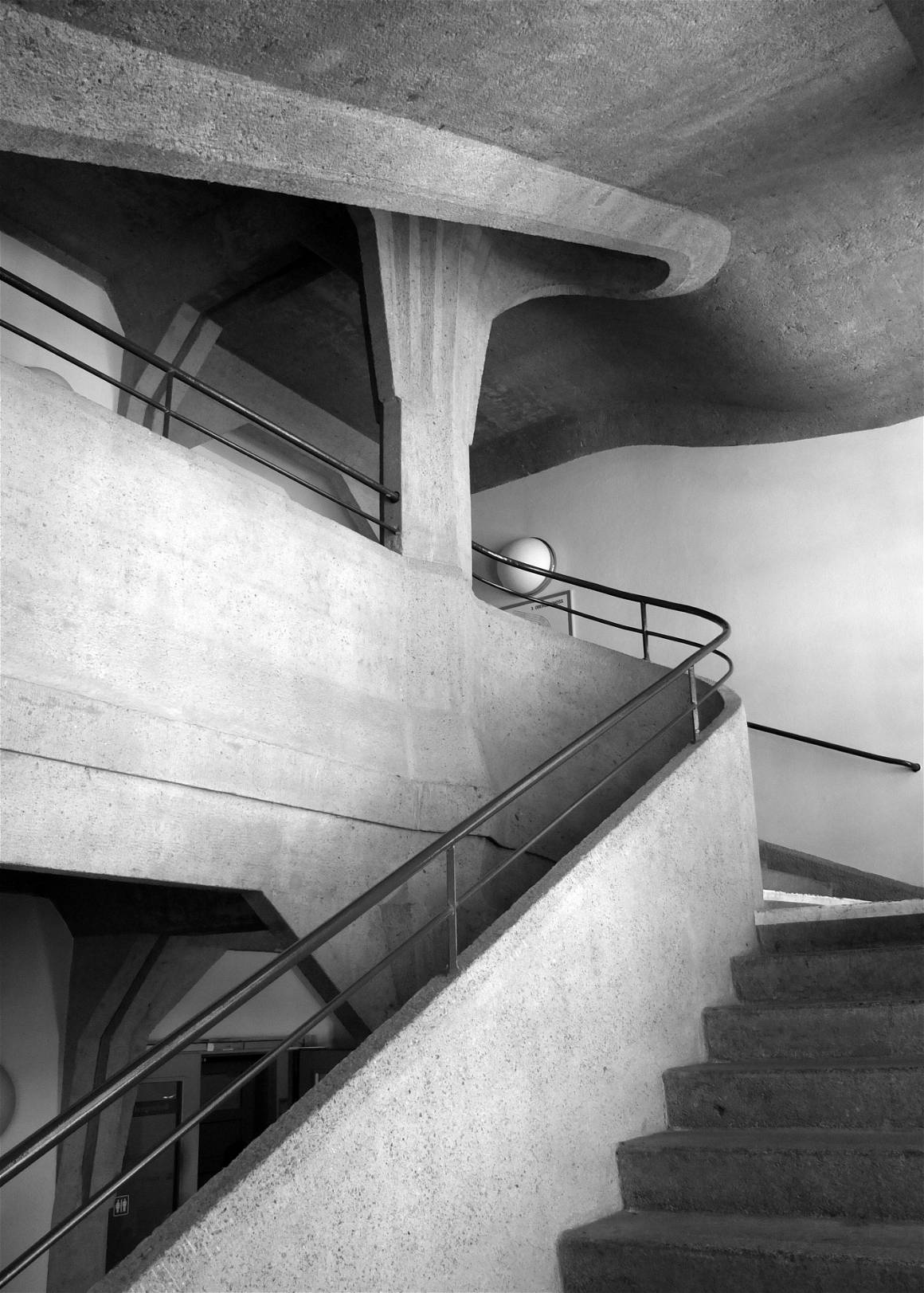 Photo: IMAGO / Ray van Zeschau
Photo: IMAGO / Ray van ZeschauBrowse Ray‘s photography on IMAGO for some stunning archive and cinematic imagery. Look out for his latest curated retrospective exhibition at the Städtische Galerie Dresden that showcases the work of his Uncle scheduled to open back up at the end of April.


